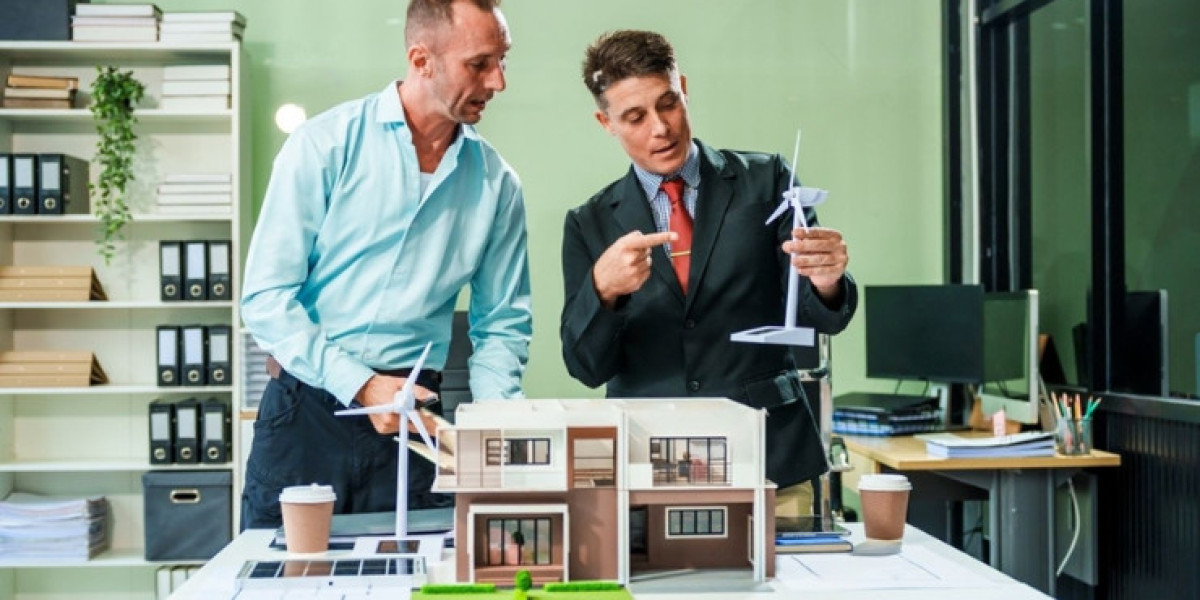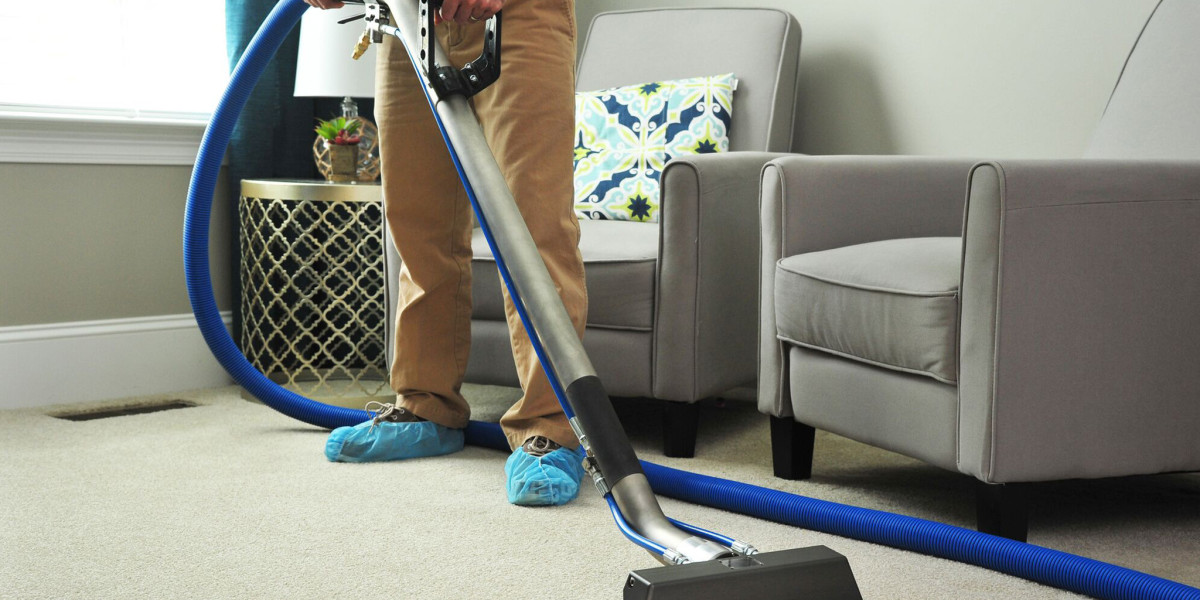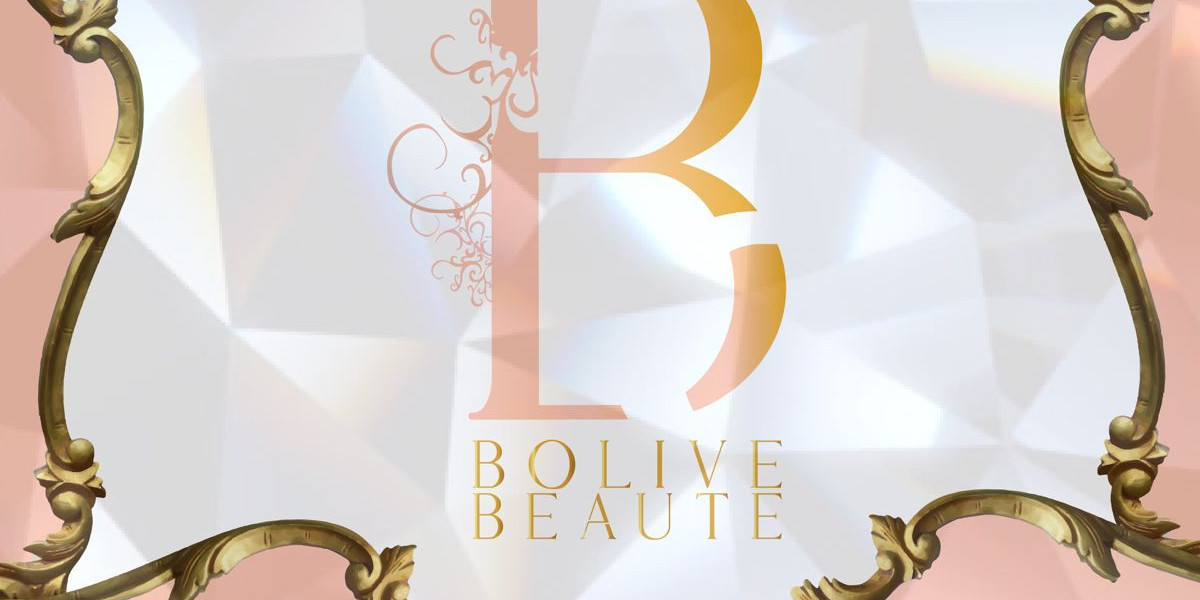As cities worldwide respond to the long-term impact of the pandemic, outdoor design has taken on new meaning. In Dubai, the focus on health, safety, and lifestyle has transformed how open spaces are designed and presented.
Multi-functional outdoor areas are now essential in both residential and commercial projects. These spaces must support leisure, social distancing, wellness, and utility. In architectural scale models Dubai, these outdoor areas are now featured with enhanced detail, representing their value in post-pandemic living. This article explores how these spaces are portrayed and why they are central to modern design in Dubai.
Changing Role of Outdoor Areas After the Pandemic
Before the pandemic, outdoor spaces in architectural models were mainly used to show green areas or luxury elements. Now, these spaces serve multiple purposes. Outdoor zones must be flexible for events, exercise, quiet retreats, or even emergency setups. Developers in Dubai are building these spaces into rooftops, courtyards, podiums, and shared terraces. Architectural model makers now reflect this multi-functionality with layered design techniques and diverse materials.
Use of Zoning Techniques in Scale Models
In architectural scale models Dubai, outdoor areas are now divided into zones. Each zone serves a specific function such as a lounge, café seating, yoga deck, or children’s play area. Model makers use materials like wood veneer, colored acrylics, and synthetic turf to differentiate each zone.
Pathways are outlined clearly, and furniture miniatures are placed accurately to show scale and arrangement. This zoning helps stakeholders visualize how outdoor space is optimized for a post-pandemic lifestyle.
Inclusion of Outdoor Work and Learning Spaces
Remote work and learning became a major trend during the pandemic. Developers in Dubai now include outdoor coworking stations, shaded study nooks, and seating pods with Wi-Fi access in their designs. These features are represented in architectural models with small desk clusters, laptop users, and pergolas fitted with lighting fixtures. In educational or mixed-use developments, these outdoor spaces support flexible use. The scale model communicates how buildings support both productivity and wellness in fresh air settings.
Emphasis on Social Distancing Layouts
One of the biggest changes in post-pandemic design is the layout of outdoor furniture. In architectural scale models, seating is placed farther apart. Benches and lounges are shown with separation, and often with green dividers such as planter boxes or privacy screens. Courtyard tables are often modeled with marked zones or semi-open cabanas. These details help clients see how social distancing remains integrated into the everyday layout without affecting comfort.
Representation of Wellness and Recreation Zones
Outdoor wellness has become a cornerstone of design in Dubai. In scale models, wellness-focused outdoor areas are presented with walking tracks, yoga decks, and meditation gardens. Model makers use textured flooring, miniature fitness equipment, or stretching figures to indicate activity. These wellness areas are placed where users can enjoy privacy, shade, and good ventilation. Water features like shallow pools or fountains are often added to enhance the ambiance and reinforce the calming theme.
Flexible Event Spaces and Outdoor Theaters
Many Dubai developments include outdoor event spaces. These areas can serve as open-air cinemas, art exhibition zones, or community gathering points. In architectural scale models, these are shown with stages, stepped seating, or projector setups. Some models use miniature screens or canopies to depict the possibility of transformation. These features show how a space can serve more than one purpose without occupying additional land, making the most of every square meter.
Rooftop and Podium-Level Outdoor Features
Outdoor functionality extends to rooftops and podium levels in many of Dubai’s buildings. These areas often combine gardens, fitness zones, barbecue spots, and pools. In scale models, rooftop areas are detailed with tiny umbrellas, grills, pathways, and deck furniture. Pergolas or shade structures are modeled in wood textures or light acrylic. These rooftop outdoor areas serve both recreational and emergency use. Some are even shown with solar panels or rainwater harvesting units, highlighting their sustainable role.
Materials and Miniatures Used in Models
To bring multi-functional outdoor areas to life, model makers in Dubai use a wide range of materials. Foam and felt simulate grass, while thin wood sheets or printed plastic panels define zones. Trees, shrubs, and flowers are often crafted from colored sponge or laser-cut paper. Furniture pieces are 3D printed or hand-carved to fit scale. The combination of material quality and arrangement shows how outdoor areas are balanced with style, comfort, and hygiene.
Incorporation of Technology in Outdoor Zones
Technology is another key element of multi-functional outdoor areas. Smart lighting, surveillance, automated irrigation, and sound systems are now common in Dubai’s developments. In architectural scale models, these are indicated using small icons, LED spots, or embedded wiring under pathways. Interactive model displays may allow users to light up different zones or show time-based use such as day and night transformations.
Community-Level Outdoor Concepts
Some Dubai models showcase entire communities with interconnected outdoor zones. These may include shaded walkways, shared gardens, outdoor gyms, and pocket parks. Each element is placed within walking distance and linked to a sustainable transport plan. In the model, this is shown through a mix of green zones, bicycle paths, and open seating. These designs reflect how communities can function during lockdowns, curfews, or future health emergencies.
Conclusion
Multi-functional outdoor areas are now a vital component of post-pandemic architectural scale models Dubai. These spaces support wellness, flexibility, social distancing, and urban resilience. Model makers in Dubai use high-quality materials, clear zoning, and miniature features to show their importance.
From rooftops and courtyards to terraces and open-air theaters, these outdoor zones offer more than visual appeal. They provide a safe, usable, and forward-thinking response to modern living challenges. As Dubai continues to innovate in real estate and urban planning, architectural models remain the best tool to communicate how outdoor space will shape the future of healthy living.



